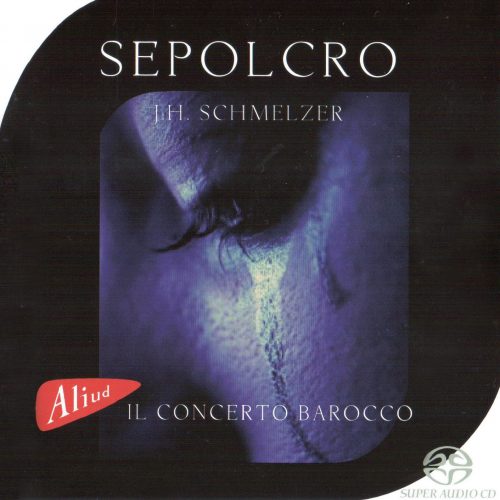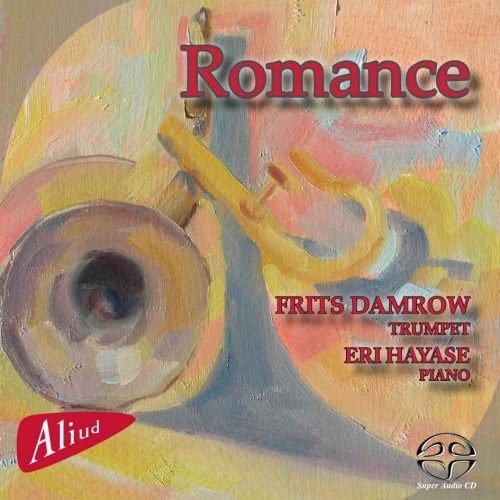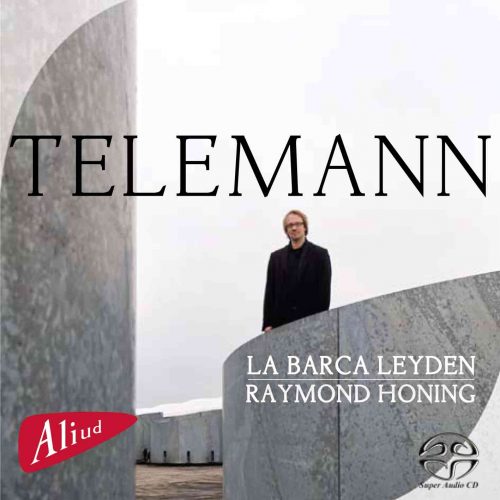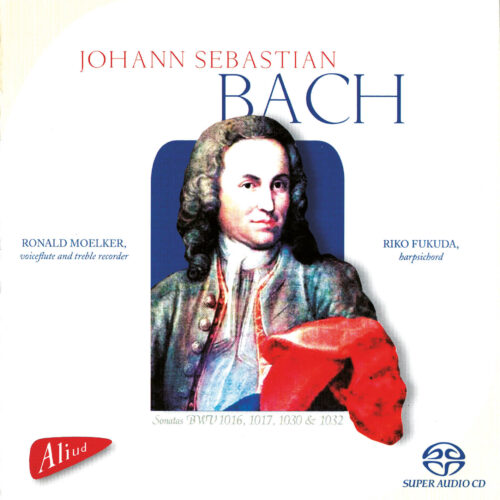It was not known with any certainty when Schmelzer was born however research puts the probable date between 1620 and 1623. We do know that he was born as a son of a baker in Southern Austria. He received his mudical education at the Habsburg court wherehe was, as early as 1635, serving as a violinist. In addition we know that in 1643 he was active at the Cathedral of St. Stephen as a cornet player.He was officially appointed as a violinist in the court orchestra in 1649 and later in 1657 was named concertmaster. A favorite of both Ferdinand III and Leopold I, Schmelzer was appointed director of instrumental music fort he court festivities fort he coronation of Leopold I in Frankfurt in 1658. In 1671 Schmelzer was appointed vice-Kapellmeister and after the death of G.F. Sances in 1679 was promoted to Kapellmeister becoming the first Austrian to hold this post after years of dominance by Italian Kapellmeister’s. Schmelzer died in Prague in 1680 of the plague. Ironically the court had traveled to escape infection.
While best known for his instrumental music Schmelzer’s vocal works have been largely ignored. The only known source of Schmelzer’s Requiem is a score in the hand of the composer Vejvanovsky preserved in the archive at Kromèriz in central Moravië. The scoring of the requiem suggests that the piece was intended tob e performed is an intimate setting. For this recording we chose to use a vocal ensemble with one singer per part preserving the fine balance between the vocal and instrumental parts. Although one can argue that the instrumentalp arts were intended for a consort of gambas the use of “Braccio”instruments is perfectly consistant with the performance practices in Vienna in the last half of the 17th century. The exact date of the requiem is not known however, there is some speculation that it was composed after the death of Emporor Ferdinand III in 1657. It is however well documented that the “Lamento sopra la morte Ferdinandi III” was composed fort his occasion. The source of the Lamento and sonatas from the “Sacro profanus concentus musicus 1662” presented on this CD is a set ofpart books held in the Bibliotheque Nationale Paris. These instrumental works display the Italian influence so prevelent in Vienna during the 17th century with a hint of Austrian folklore elements. It is without doubt that the compositional techniques used in these soanatas would influence later composers in the
Tracklist
Please note that the below previews are loaded as 44.1 kHz / 16 bit.Total time: 01:06:51
Additional information
| Label | |
|---|---|
| SKU | ACDHN017-2 |
| Qualities | |
| Channels | 2ch Stereo, 5 Channel Surround Sound, 2ch Stereo & 5ch Surround |
| Artists | |
| Composers | |
| Genres | |
| Mastering Engineer | Jos Boerland |
| Recording Type & Bit Rate | DSD64 |
| Recording Software | Merging |
| Recording location | Nederlands Hervormde Kerk Warmsveld |
| Recording Engineer | Jos Boerland |
| Producer | Jos Boerland |
| Editing Software | Pyramix |
| Original Recording Format | |
| Instruments | |
| Release Date | August 26, 2017 |
Only logged in customers who have purchased this product may leave a review.





Reviews
There are no reviews yet.